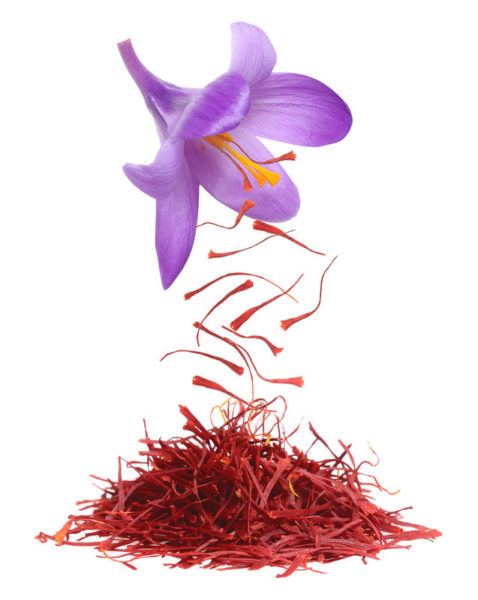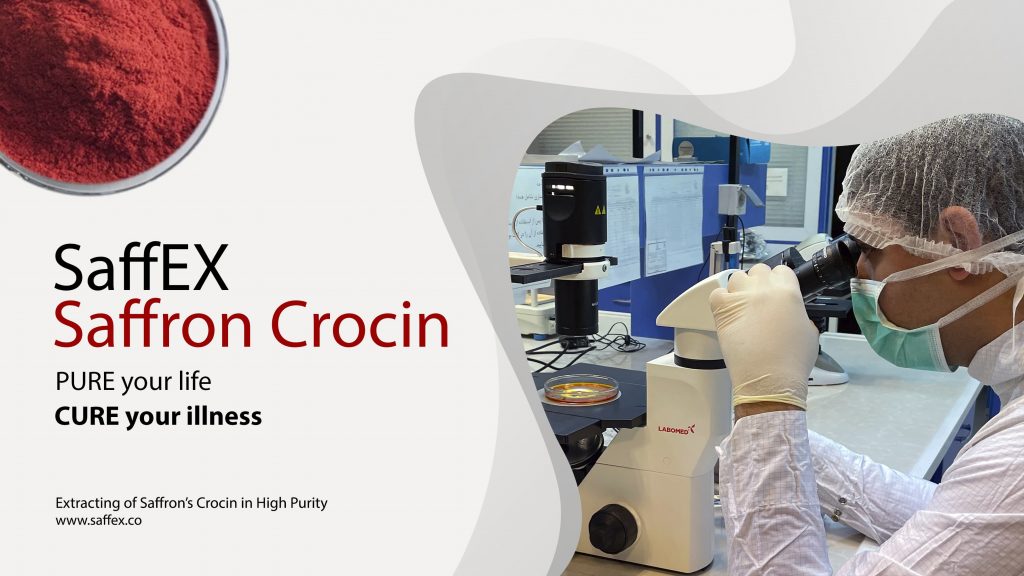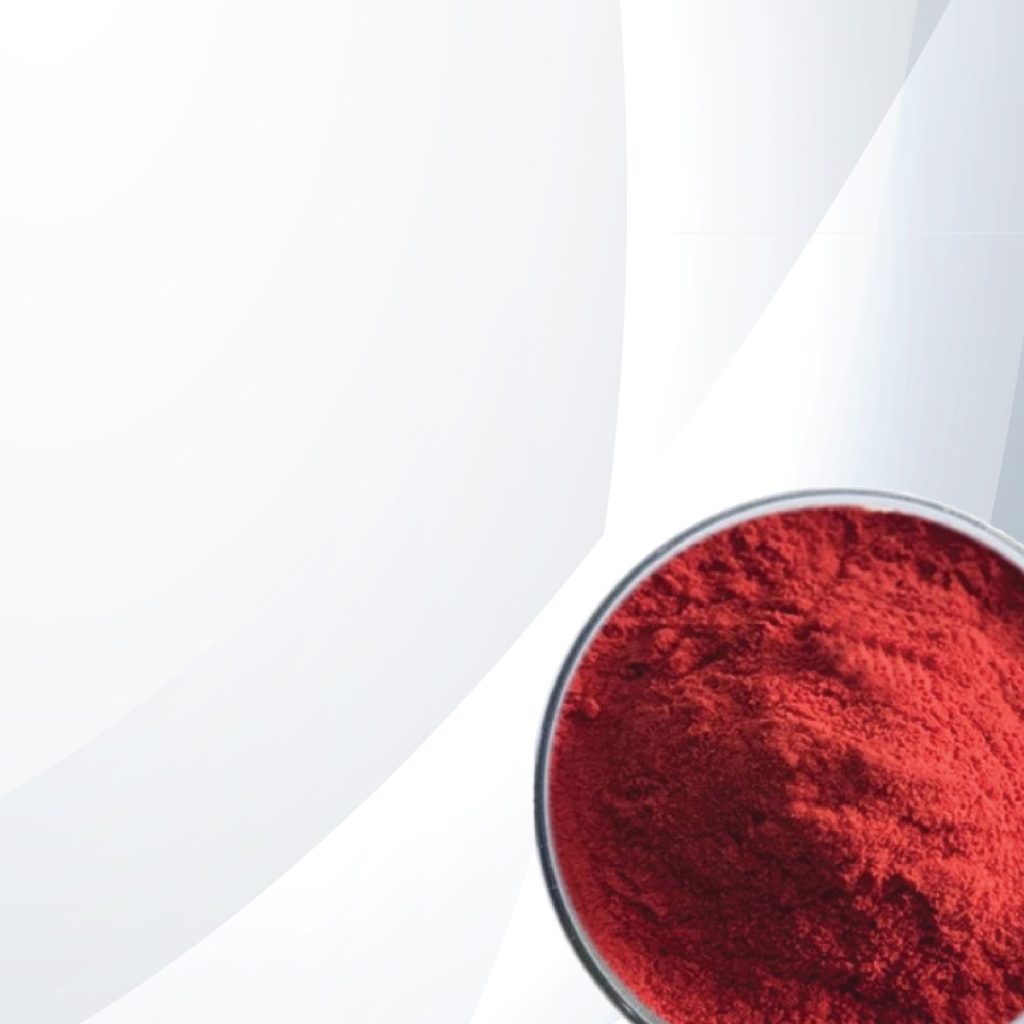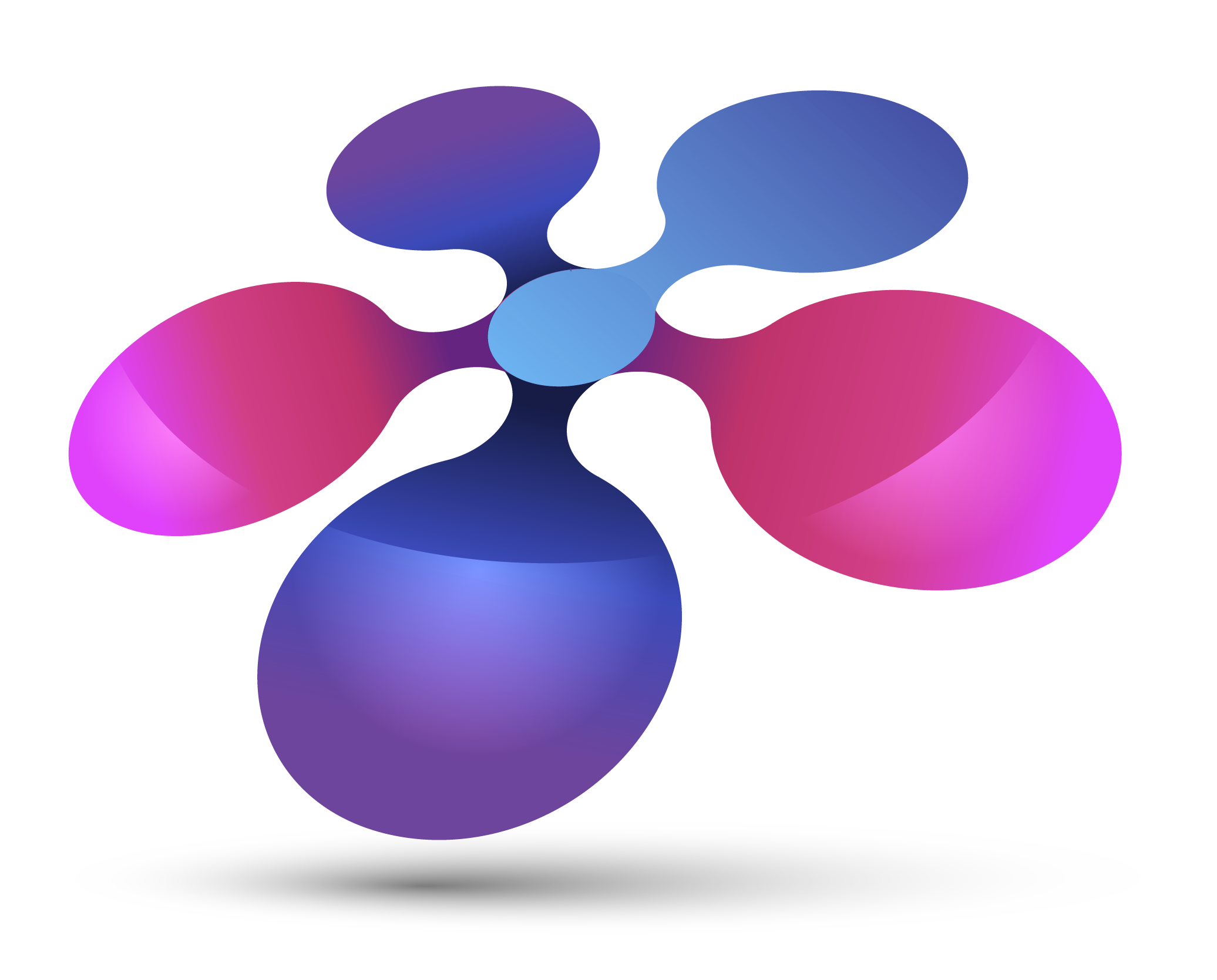What is Saffron?
Saffron is one of the most precious spices in the world. The threadlike red stigmas—and the yellow hue they impart—are quite literally the stuff of legend. The spice originates from a flower called crocus sativus—commonly known as the “saffron crocus.” It is believed that saffron originated and was first cultivated in Greece, but today the spice is primarily grown in Iran, Greece, Morocco, and India. Saffron is extremely subtle and fragrant. The slightly sweet, luxurious taste is totally enigmatic—it’s tricky to describe but instantly recognizable in a dish.


Why Saffron is so expensive?
Each flower produces only three threads (stigmas) of saffron, and it blooms for only one week each year. The saffron must be harvested—by hand!—in the mid-morning, when the flowers are still closed in order to protect the delicate stigmas inside. It takes about 1,000 flowers to produce just one ounce of saffron.

What is Crocin?
The main components in saffron are carotenoids like crocins and crocetin, monoterpene aldehydes like picrocrocin and safranal, and flavonoids. Crocin, which is responsible for the color of saffron, is the most abundant compound in saffron. It has been known that saffron is useful to cure various illnesses, for example, neuronal diseases like depressive disorder; it is also useful for preventing diabetes complication, metabolic syndrome, and cancer in both clinical trials and animal model studies. In pharmaceutical industry, Crocin and Safranal could be used as tablets and other dosage forms. According to World Health Organization (WHO), researchers are currently trying to use medicinal plants such as saffron which can be potentially introduced as a new natural drug.
